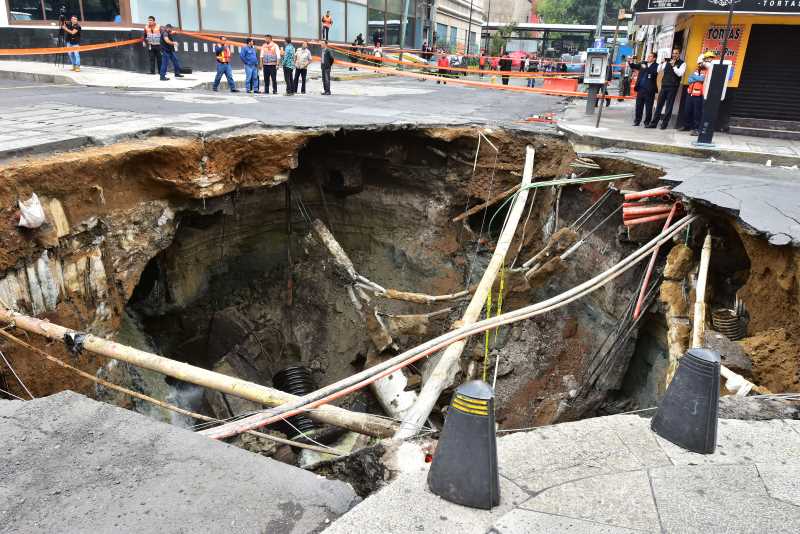How Mexico City is Going Downhill due to Sinking
Mexico City faces a growing subsidence crisis due to excessive groundwater extraction, increasing earthquake risk. Over 21 million people are at risk in the affected areas. Urgent action and a multidisciplinary approach are needed to address this pressing issue.

For decades, the sprawling metropolis of Mexico City has been confronting a silent and insidious threat beneath its surface – subsidence, the gradual sinking of the Earth's crust due to the depletion of underground water resources. This unsettling phenomenon not only poses a risk to the city's infrastructure but also exacerbates its vulnerability to earthquakes, creating a complex and urgent problem that experts are increasingly concerned about.
Marisa Mazari Hiriart, a researcher at the National Laboratory of Sustainability Sciences at the Institute of Ecology of the National Autonomous University of Mexico (UNAM), emphasizes the profound impact of subsidence on Mexico City. She contends that the excessive extraction of groundwater from depths ranging from 100 to 300 meters has been a primary driver of this geological crisis. As more water is removed from the ground, the land above gradually loses volume, resulting in the sinking of the earth's surface. Moreover, this subsidence is not just an isolated geological issue; it is tightly entwined with the city's seismic activity, rendering it more susceptible to earthquakes.




